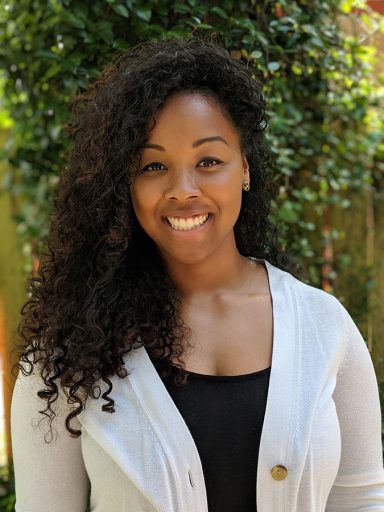
The Smithsonian Institution and the U.S. Army Civil Affairs and Psychological Operations Command (USACAPOC) have recently partnered to create a historical new team of individuals who will serve as the 21st-century force of Monuments Men and Women.
Florida State University Art History doctoral student and U.S. Army Reserves Captain Sonia Dixon is among the first cohort of this new force.
“Capt. Sonia Dixon’s appointment to the Monuments Men and Women team is a major accomplishment for her and a point of great pride for us in the College of Fine Arts,” said James Frazier, dean of the College of Fine Arts. “As Capt. Dixon continues progress toward the completion of a Ph.D. in Art History, we are thankful for the contributions she is making to protect art and to preserve culture through this important international endeavor.”
This group of cultural heritage scholars and soldiers will carry on the legacy of the Monuments Men, a team that protected European art from looting and destruction during World War II.
The first cohort will bring a wealth of diverse knowledge, expertise in their fields and technical abilities. Dixon brings to the role a unique combination of art historical expertise, a master’s degree in Museum & Cultural Heritage Studies and her military rank.
“When I joined the military in 2010, I also changed my undergraduate major to art history,” Dixon said. “I never imagined that my two careers would ever align.”
Under the new program, Dixon will serve as a cultural heritage preservation officer, tasked with training and supporting soldiers to protect cultural property from destruction or damage during armed conflict. That training will help ensure U.S. military forces follow their obligation under the 1954 Hague Convention for the Protection of Cultural Property.
“I am thrilled to continue my Army career in this new yet historic position as a Cultural Heritage Preservation Officer,” Dixon said. “Being able to include the actual objects recovered by the Monuments Men and Women in my coursework, rather than discussing their destruction, is surreal because of my involvement with this initiative. With cultural heritage and cultural property, discussing the materials means that you also speak about the people. For me, that is really important. To continue the effort of those that came before me is truly an honor.”
Many members of this new elite force are civilian experts in cultural heritage who will receive appointments in the Army Reserves.




